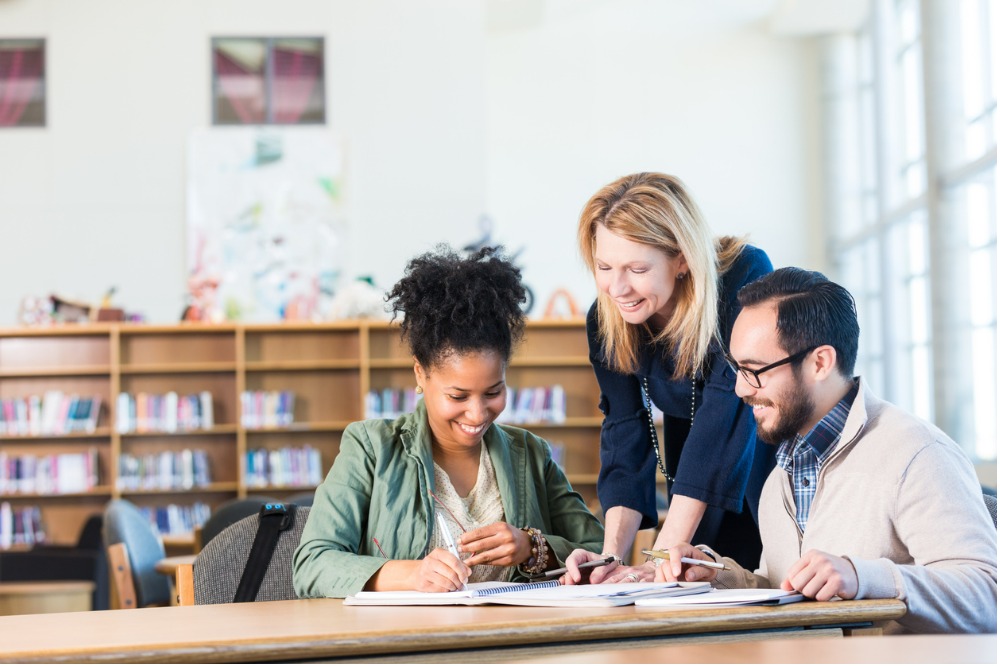
Whether it be in education or in the workplace, the COVID-19 pandemic has caused substantial disruption, but also opened up some big opportunities for change in how people work together.
For example, organisations that have been looking for ways to become more flexible, innovative, or change their culture now have a unique opportunity to redesign their ways of working.
But for all the props that the role of technology gets for helping schools through COVID-19, has been human beings – not machines – which made the most important difference by providing what software and hardware cannot – empathy and warmth during a time of anxiety and anguish.
Sophie Fenton is an education strategist at Amicus, an education consultancy that has been helping schools sustain a strong culture of human-centered teaching and learning in this hyper-digital era. An educator, innovator, school founder, researcher and consultant, Fenton specialises in school design, curriculum adaptation and pedagogy innovation.
After an extensive career in teaching and learning, Fenton went on to co-found and lead an innovative school in Williamstown in 2016 and later took up a Doctoral position in the Faculty of Education at Monash in 2018, with a pedagogical focus on human-centred learning for the emerging cyber-physical world.
Fenton says human-centered education during a time when education, and our lives more broadly, are becoming increasingly digital, is more critical than ever.
“As an education strategist, I think big picture on this and then focus in,” Fenton told The Educator.
“The Fourth Industrial Revolution [4IR] technological developments of automation and A.I, mixed and immersive realties, and cloud-based cyber-physical systems are substantially changing the very fabric of the world we live in and through, making them drivers for education change.”
Fenton says there is an “unfolding awareness” that this world is one where humanness may become increasingly contested.
“Education has a fundamental role to play in how human beings live in and experience the emerging cyber-physical world, through a deep understanding of themselves in relation to technology,” she said.
“Gonski’s Through Growth to Achievement: Report of the Review to Achieve Education Excellence in Australian Schools advocates for a focus on capabilities-based teaching. The implications for human beings require education to equip learners with cognizance of their humanness as well as developing both the digital and ethical capabilities necessary to live constructive lives in a world of cyber-physical technologies.”
Fenton said principals have an important role to play in driving a more human-centered school culture.
“One approach is a pedagogical perspective. Working in education strategy and research, I understand that as the changing context of the 4IR world affects education, teachers are grappling with how to plan teaching and learning in ways that provide explicit pathways for understanding and engaging with the impact of these emerging technologies,” she explained.
“Pedagogy is a guidebook for how teaching and learning can be designed, delivered and experienced.”
Fenton said the innovations of the 4IR world require corelating pedagogical innovation in order to support teachers to implement the changes that are necessary in education to prepare today’s learners for tomorrow’s world.
“And what students learn in the curriculum shapes their wider views in co-curricular and hidden curricular,” she said.
“So, introducing a pedagogical approach that amplifies humanness is one way that principals can drive a more human-centred school culture. I work with schools to implement human-centred learning pedagogy.”
To this end, Amicus developed ‘Touchline’, a “human-centred design tool” that can be used in any context to define and drive genuine change. The Australian Research Council’s project, ‘Innovative Learning Environments & Teacher Change’ (ILETC) recently listed Touchline in their toolkit for schools.
“Touchline is a method, a bit like a ‘SWOT’ analysis, that leaders can easily pick up and use to create a shared vision for the future school culture, and then enable that culture to become real via a sequence of changes to the learning environment,” Fenton said.
The method allows teams to break down the learning environment into component parts – including the physical environment but going much further than that into the overall context that school creates for teachers, learners and others.
“Using some visual conventions [coloured hexagons that can brought together to make a plan], a team can get very specific about creating a new ‘status quo’ that will truly make their human-centred aspirations come to pass in very real ways, day by day.”


